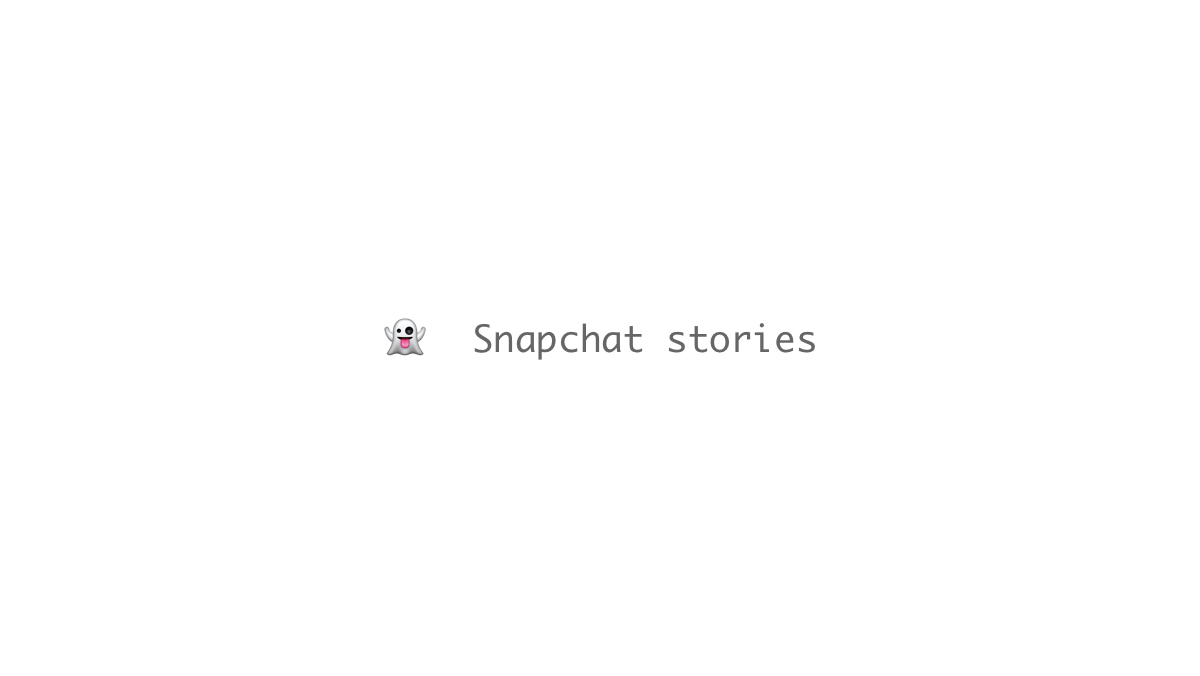The harder it is to get something, the more we want it. People often link availability to quality. As seen in the concept of loss aversion, we're far more motivated by the fear of losing than by the desire of gaining.
Studies
Women are more attracted to men who are in a relationship than to single guys (Parker & Burkley, 2009). It seems when something is limited or unattainable, it becomes more attractive.
One study by Worchel, Lee and Adewole (1975) showed that people value cookies more highly if they're scarce. Some participants were given a glass jar with ten cookies, while others only received two. In another condition, where the number of cookies was reduced from ten to two, participants rated these cookies the highest.
Scarcity tactics tend to be more effective when targeted at customers who have a greater than average need for uniqueness (Lynn, 1991).
Examples
Limited stock
Almost every e-commerce website employs scarcity by showing how few items are available in stock. As shown above in the cookie experiment by Worchel et al., we value those things more that have recently become less available to us.
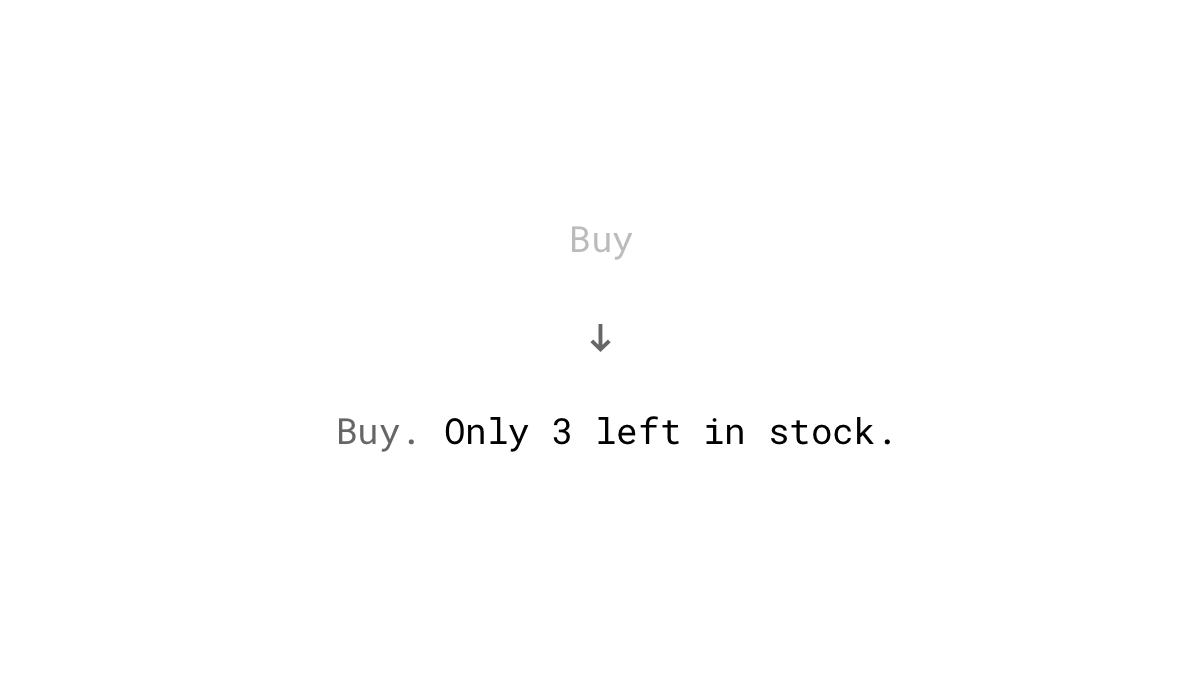
Limited stock for a particular model or size
Go even further and show how many items are available for a specific type, color or size or a combination of them.

Exposing people to other buyers
While you're looking around and considering whether or not to book this hotel room, you suddenly realize that another person is checking out the same property. The fear of loss kicks in. Indicating how many people are currently viewing the same item is a powerful tactic to play up the scarcity game.
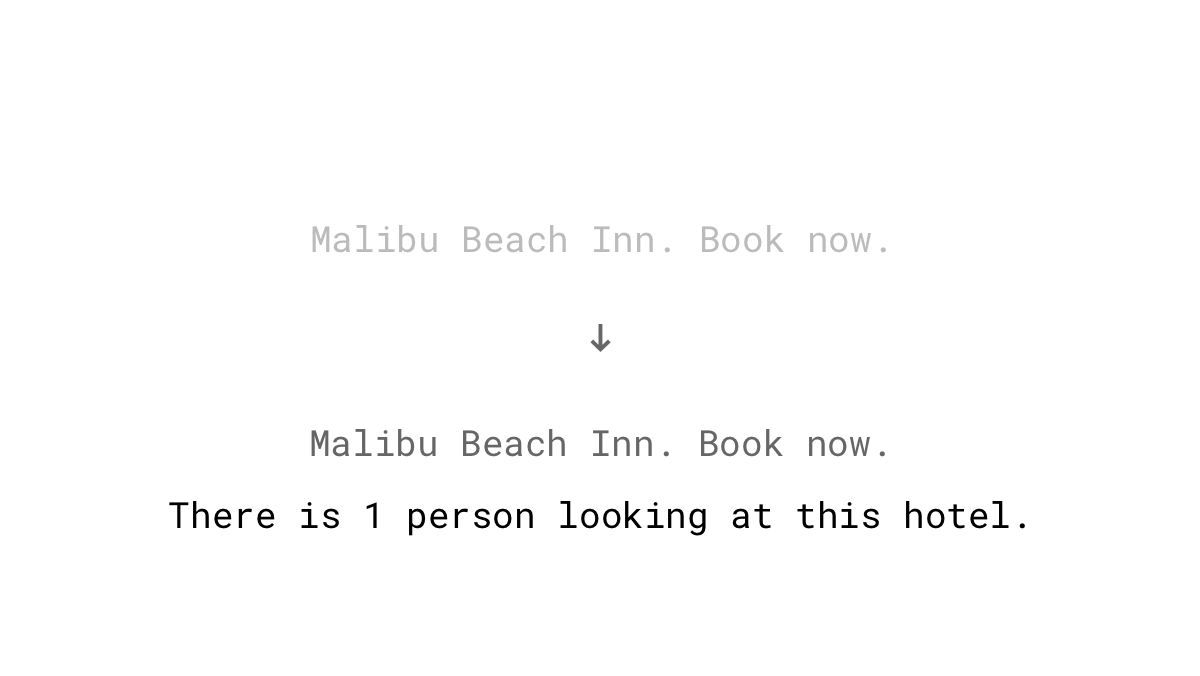
Deadlines
Give your prospects a reason to act now by exposing them to time limits. But, be careful. Unfortunately, some businesses started using this technique in scammy ways, which may lead people to consider your offer more carefully.
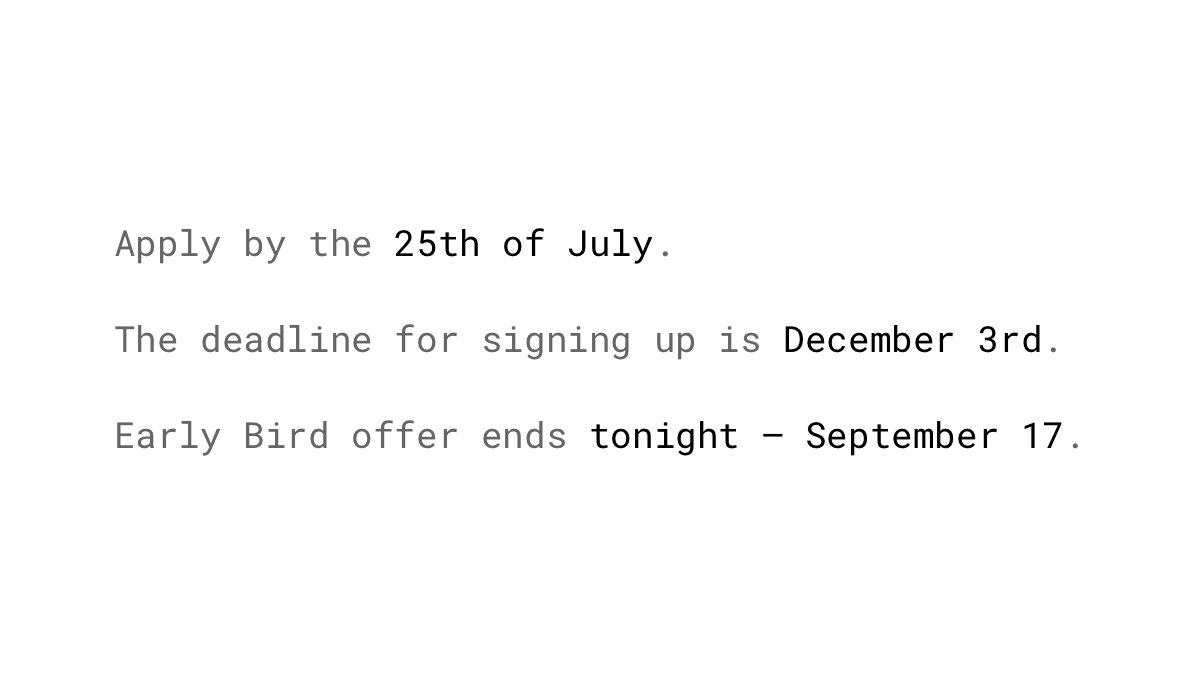
Limited time offers with countdown timers
Use animated timers to draw even more on people’s fear of missing out. This tactic is often used with some perceived benefit for acting fast, like a reduced price or some additional bonus items.
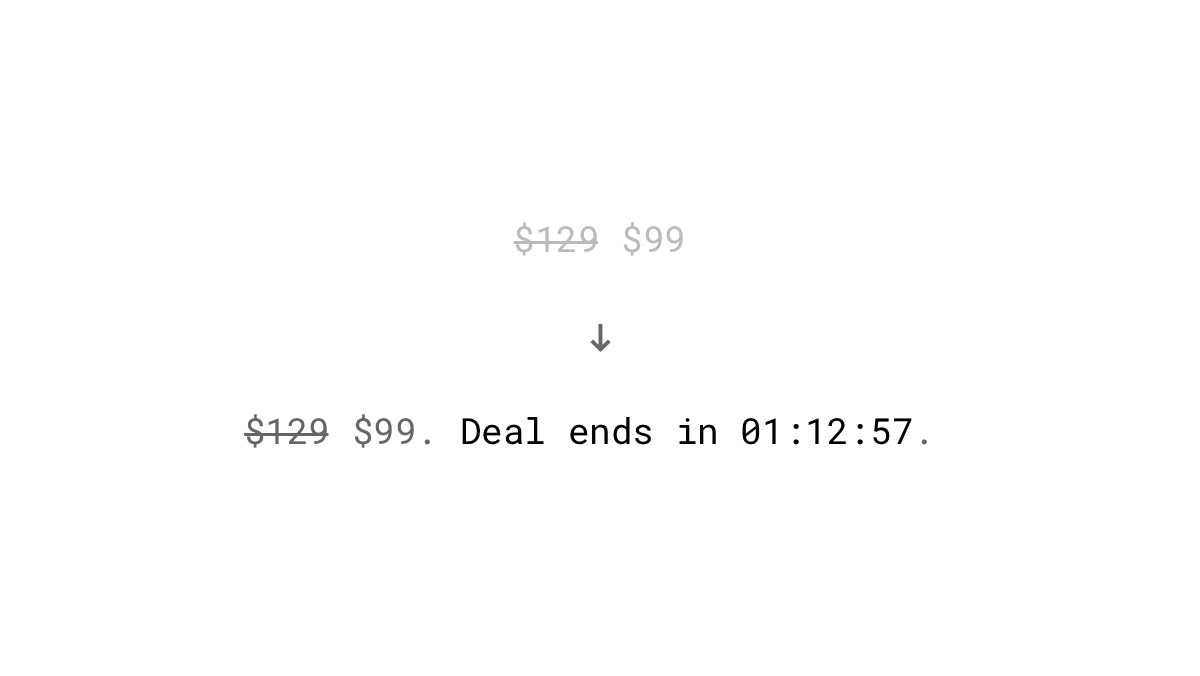
Time constraints for next-day shipping
Amazon shows the exact remaining time within which the purchase has to be completed to qualify for next-day shipping. Shoppers who need a product immediately will impulsively buy it to ensure that they get it the next day.
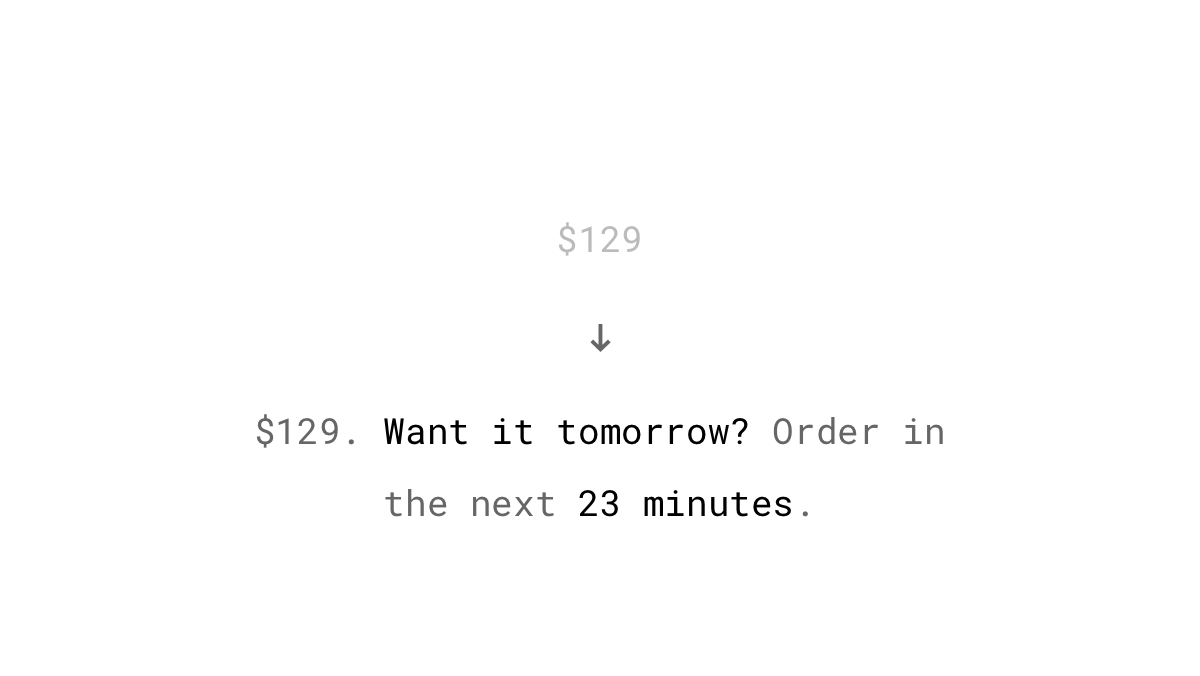
Reducing the free trial length
When Hiten Shah, the co-founder of KISSmetrics, decreased the length of the trial period from 30 to 14 days, he saw a 102% increase in the usage of the product. The reduction made people feel that they had to use the service as soon as possible.
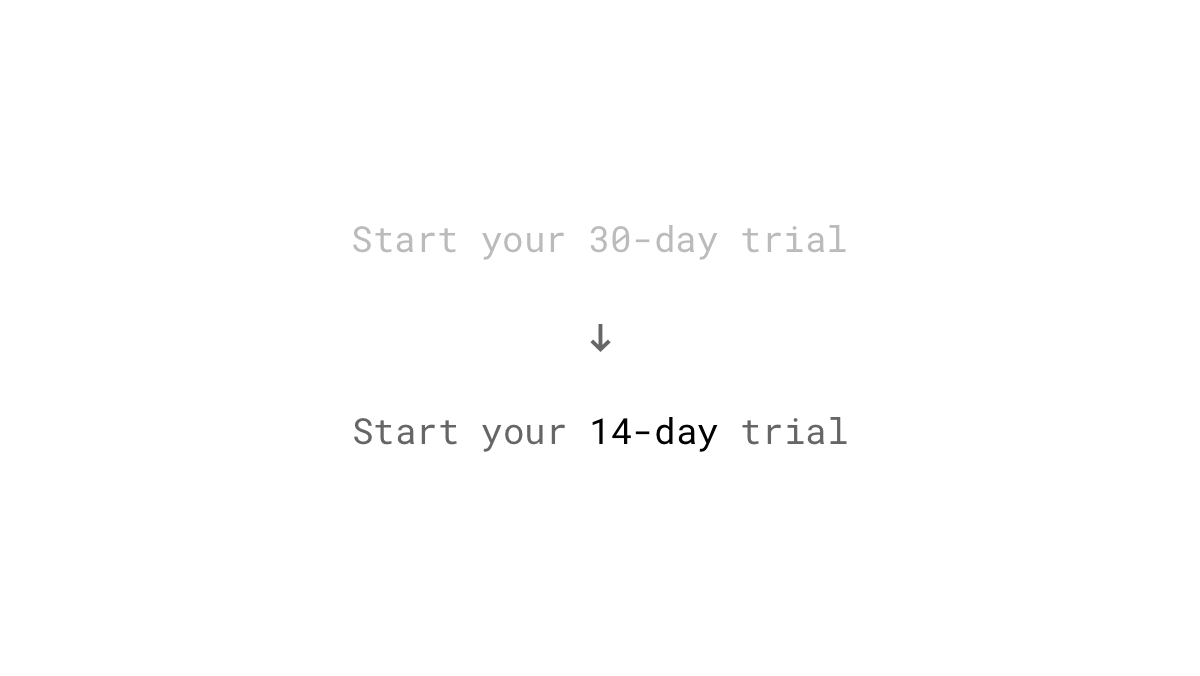
Online auctions
A single-unit auction combines several scarcity elements at the same time: it's limited by quantity and time. Multiple people bid on one item in a limited timeframe, and there can be only one winner – a mix which led eBay to become such a huge company.
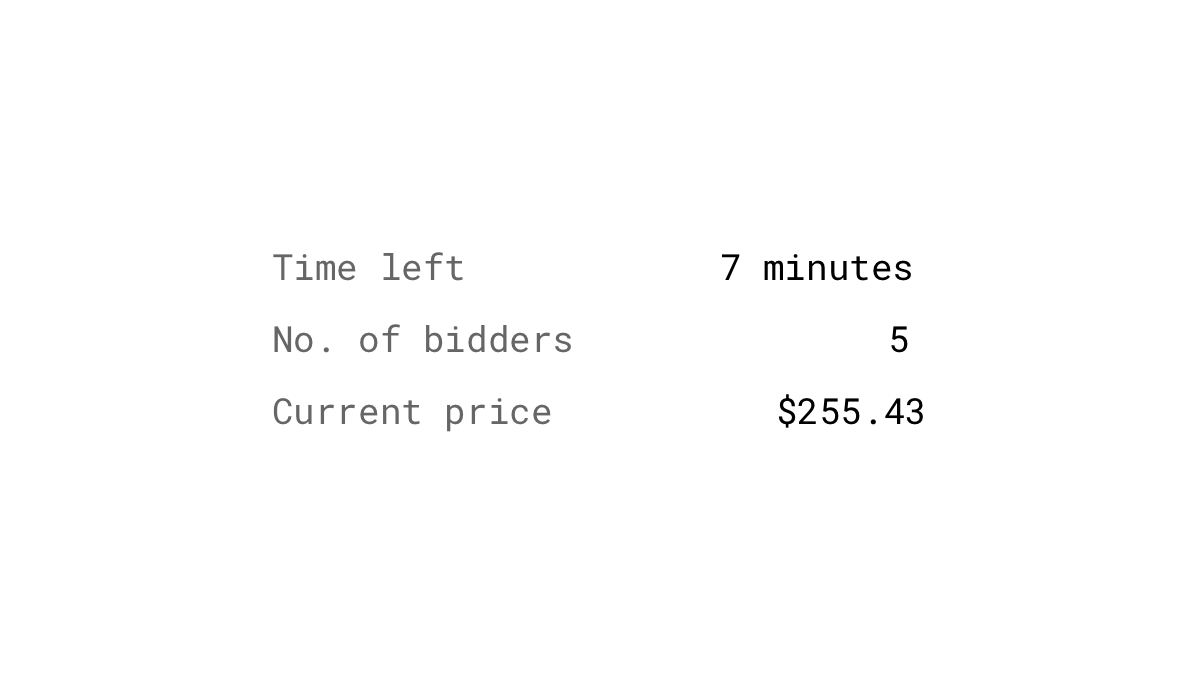
Restricting features and content availability
In today’s online world, everything seems to be permanently available in abundance. Snapchat has reintroduced scarcity into the entertainment sector. If you miss a story on Snapchat, which is only available for 24 hours, you will never see it again. This feature is definitely one part of the app that makes it so sticky, and persuades users to come back. Is there something in your product that can be made artificially scarce?
